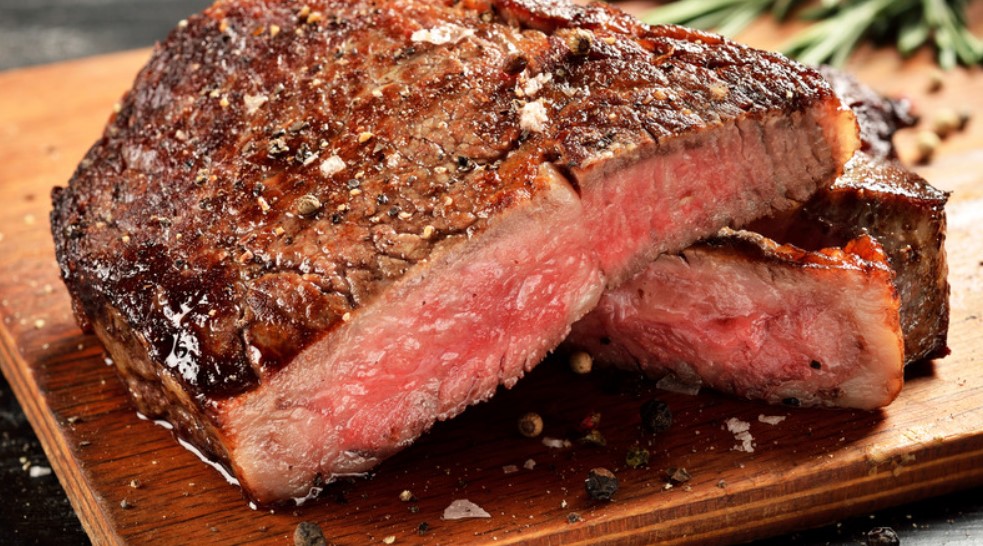Are you ready to elevate your culinary skills and master the art of cooking steak? Look no further! Whether you’re a seasoned cook or just starting in the kitchen, this comprehensive guide will teach you everything you need to prepare the perfect steak. From selecting the right cut of meat to mastering seasoning techniques and achieving that mouthwatering sear, we’ve got you covered. So grab your apron and get ready to impress your family and friends with a deliciously juicy steak that rivals any restaurant’s menu. Let’s dive into the world of steak cooking together!
How to Cook Steak?
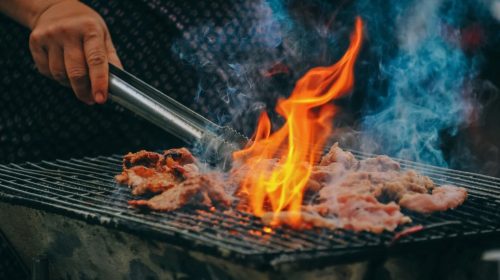
When cooking steak, there are a few key steps to follow.
- Choose the right cut of meat – options like ribeye, filet mignon, and sirloin are popular.
- Select the best pan for searing your steak to perfection. Season generously with salt and pepper, or explore different marinades for added flavour.
- Cook your steak according to preferred doneness using a reliable cooking time guide. With these tips in mind, you’ll be on your way to serving a mouthwatering steak in no time!
Types of Steak
When it comes to cooking steak, knowing the different types available is essential. There are several popular cuts, each with its unique characteristics and flavours.
Some common types of steak include ribeye, filet mignon, sirloin, and T-bone. Each cut offers a distinct texture and taste profile that can enhance your dining experience. Understanding the differences between these cuts will help you choose the perfect steak for your next meal.
Choosing the Best Pan
The type of pan you use can greatly impact the outcome of your steak. Ideally, you want a heavy-bottomed stainless steel or cast iron pan that distributes heat evenly. These pans retain heat well and allow for a nice sear on the steak. Avoid non-stick pans, which won’t give you that desired crusty exterior.
Seasoning Techniques
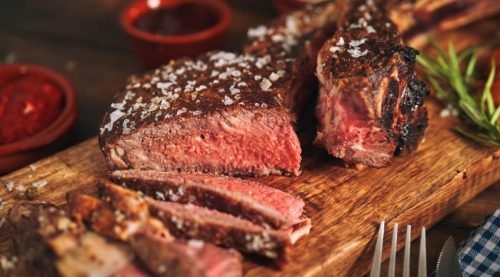
When it comes to seasoning your steak, simplicity is key. Start by generously sprinkling kosher salt on both sides of the meat and let it sit at room temperature for about 30 minutes. This will help enhance the flavour and tenderize the steak. Add freshly ground black pepper or spices like garlic powder or paprika for an extra kick. Try varying the seasonings until you have the ideal blend!
Optimal Cooking Fat
When cooking steak, choosing the right cooking fat is crucial. Optimal cooking fats for steak include butter, olive oil, or a combination of both. These fats add flavour and help create that perfect sear on the outside of the steak. Remember to use a high smoke point oil like canola or vegetable oil if pan-frying at higher temperatures.
Searing Tips
Follow these searing tips to achieve that perfectly caramelized crust on your steak. Ensure your pan is hot before adding the steak to ensure a nice sear. Avoid overcrowding the pan and give each side enough space for optimal browning. Resist the urge to flip the steak constantly; allow it to cook undisturbed for a few minutes on each side for maximum flavour development.
Cooking Time Guide
The cooking time for steak depends on various factors, including the thickness and desired level of doneness.
Generally, cook your steak for 4-5 minutes per side for medium-rare, 5-6 minutes for medium, and 7-8 minutes for well-done. Remember to adjust the cooking time based on the thickness of your steak and personal preference.
Specific Cooking Times for Fillet and Sirloin Steaks
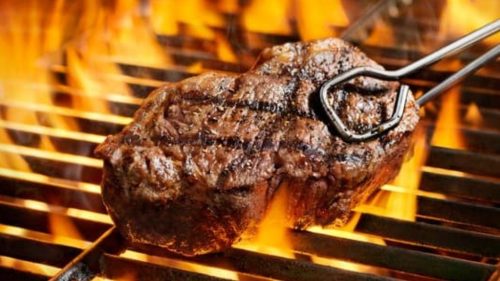
Specific cooking times are crucial for achieving the perfect doneness when cooking fillet and sirloin steaks.
- For a medium-rare fillet steak, cook it for 4-5 minutes on each side.
- Sirloin steaks require slightly longer cooking time, around 6-7 minutes per side for medium-rare.
Remember to adjust the timing based on your desired level of doneness and thickness of the steak.
How to Check for Doneness?
One of the most important steps in cooking steak is checking for doneness. Check your steak’s internal temperature using a meat thermometer to ensure it’s cooked to your preference. For medium-rare, aim for 130-135°F; medium should be around 140-145°F.
Don’t forget to place the thermometer into the thickest portion of the steak, away from any fat or bone. This will give you an accurate reading and guarantee a perfectly cooked steak every time.
The Importance of Resting
Resting the steak after cooking is a crucial step that should not be skipped. This allows the juices to be redistributed and ensures a tender and flavorful result. When you cut into a steak right off the heat, all those precious juices will escape, leaving you with a dry piece of meat. Give your steak time to rest before serving it for a delicious meal.
Steak Accompaniments
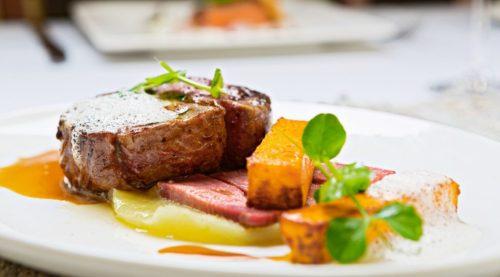
A perfectly cooked steak deserves the perfect side dishes to complement its flavours. Some classic accompaniments include mashed potatoes, grilled vegetables, or a fresh salad. For a more elevated experience, try pairing your steak with creamy horseradish sauce or a rich red wine reduction. The possibilities are endless when choosing the right accompaniments for your steak dinner.
Tips for Buying Steak
When buying steak, there are a few tips to keep in mind. Look for cuts that have marble throughout the meat, as this will enhance flavour and tenderness. Choose steaks that are bright red, and avoid any with a greyish hue. Also, opt for thicker cuts of steak, as they tend to cook more evenly and retain moisture better than thinner ones. Consider purchasing from reputable sources such as local butcher shops or trusted online suppliers for the best quality options.
Conclusion
In this article, we have explored the art of cooking steak to perfection. By understanding the different types of steak and how to choose the best pan, you can ensure a delicious result every time.
We’ve also discussed various seasoning techniques and the importance of optimal cooking fat for flavour enhancement. Tips have been shared to help you achieve that mouth-watering crust on your steak.
Additionally, we provided a handy cooking time guide and specific cooking times for fillet and sirloin steaks. Knowing how long to cook your steak ensures it is cooked just right – whether you prefer it rare, medium-rare, or well-done.
Checking for doneness is crucial, and we’ve covered methods like touch testing or using a meat thermometer. These techniques will help you determine if your steak has reached your desired level of doneness.
Resting your cooked steak cannot be stressed enough. Allowing it to rest before serving helps retain its juices and results in a more tender and flavourful eating experience.
When buying steak at the grocery store or butcher shop, remember these helpful tips: look for marbling in the meat for tenderness and flavour; consider thickness based on personal preference; ask questions about sourcing important to you; and always opt for quality over quantity.
So go ahead – put our tips into practice next time you’re craving a juicy piece of perfectly cooked steak. With knowledge in hand and confidence in the kitchen, there’s no doubt that you’ll impress yourself (and maybe even others) with culinary skills beyond compare! Happy cooking!

